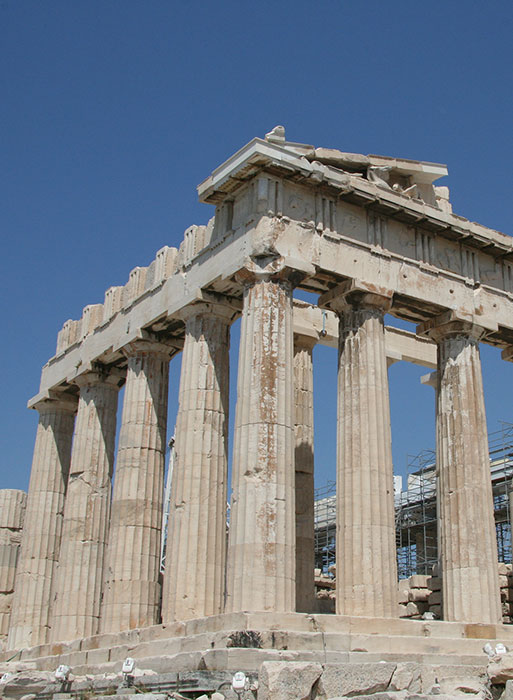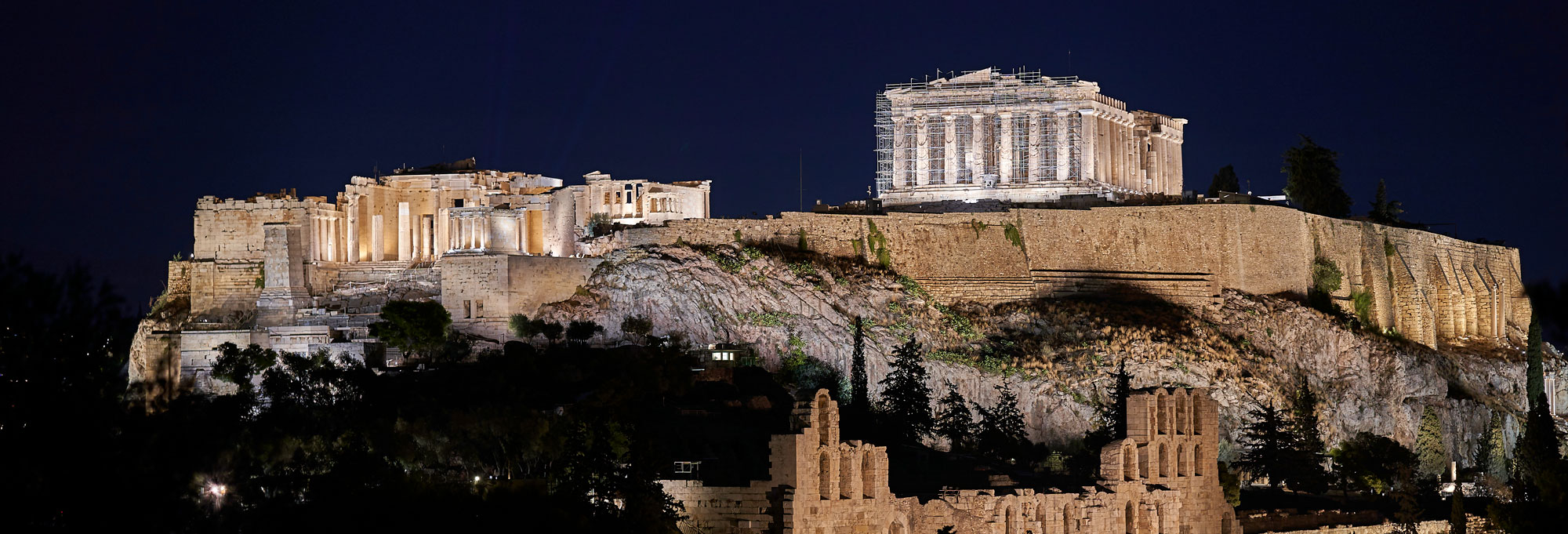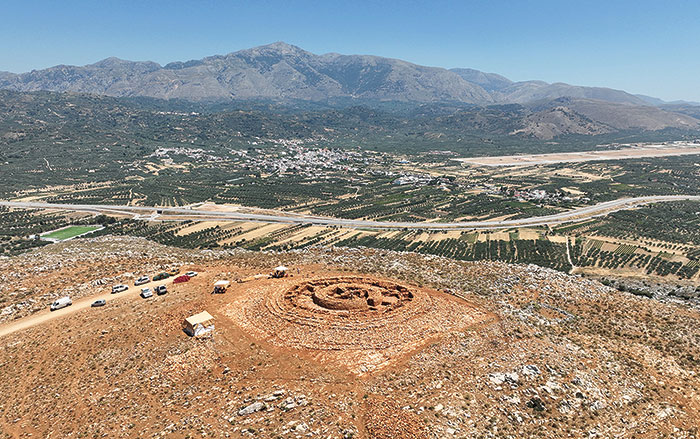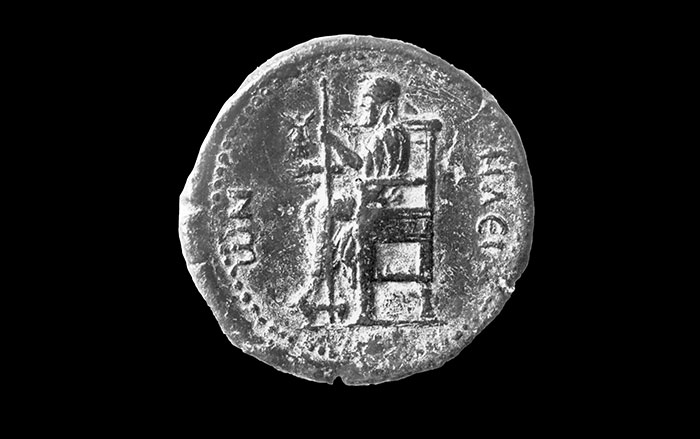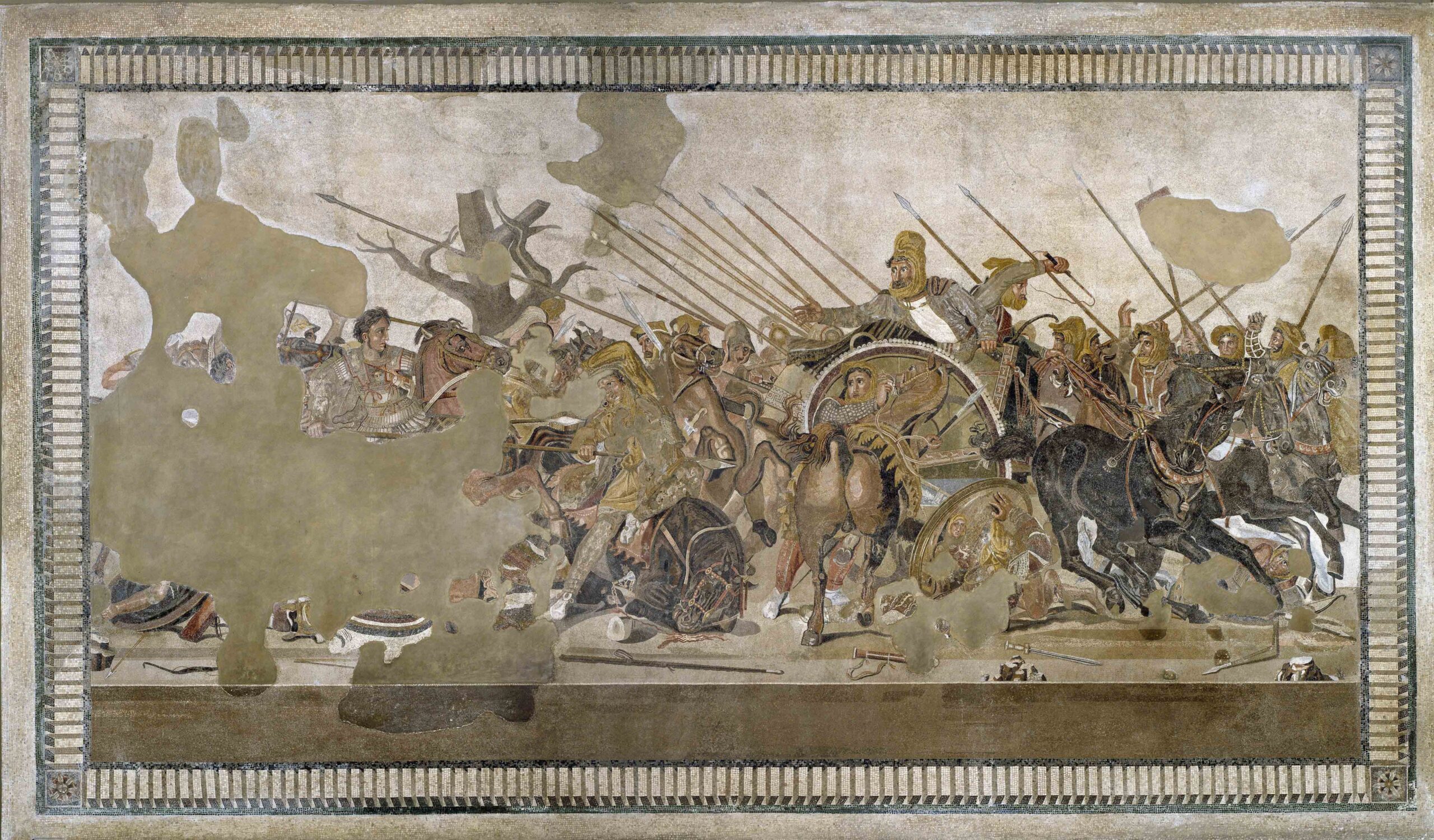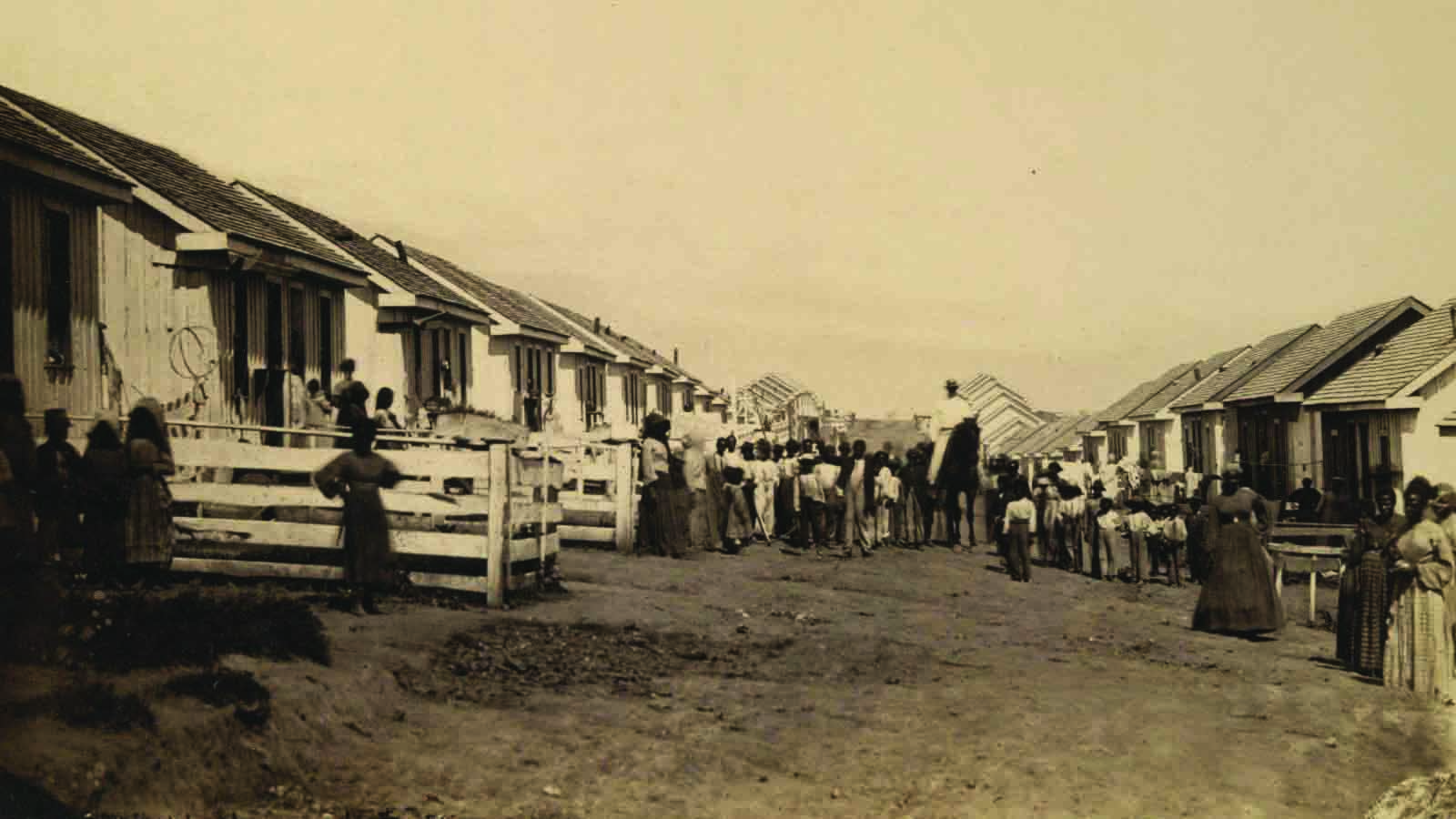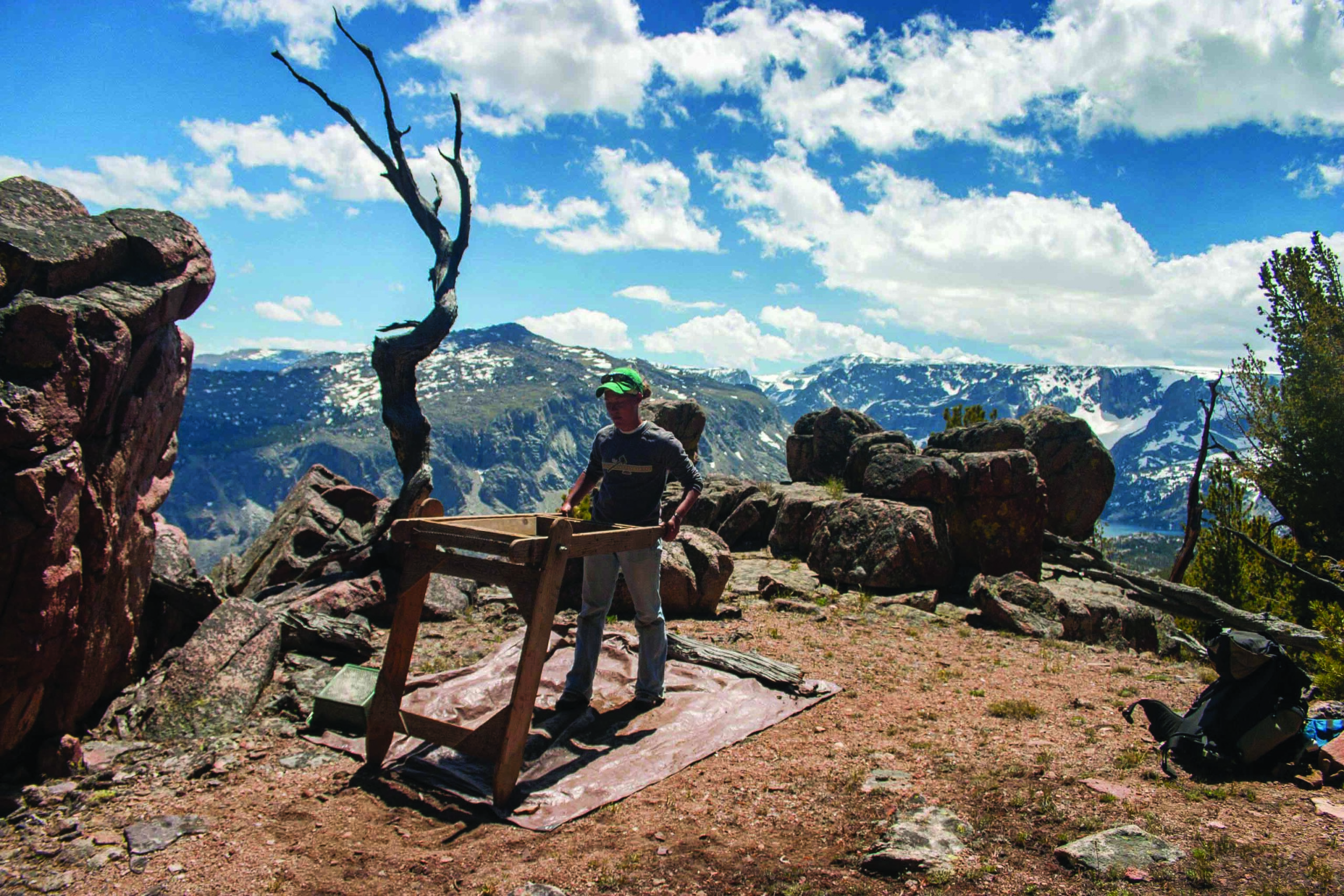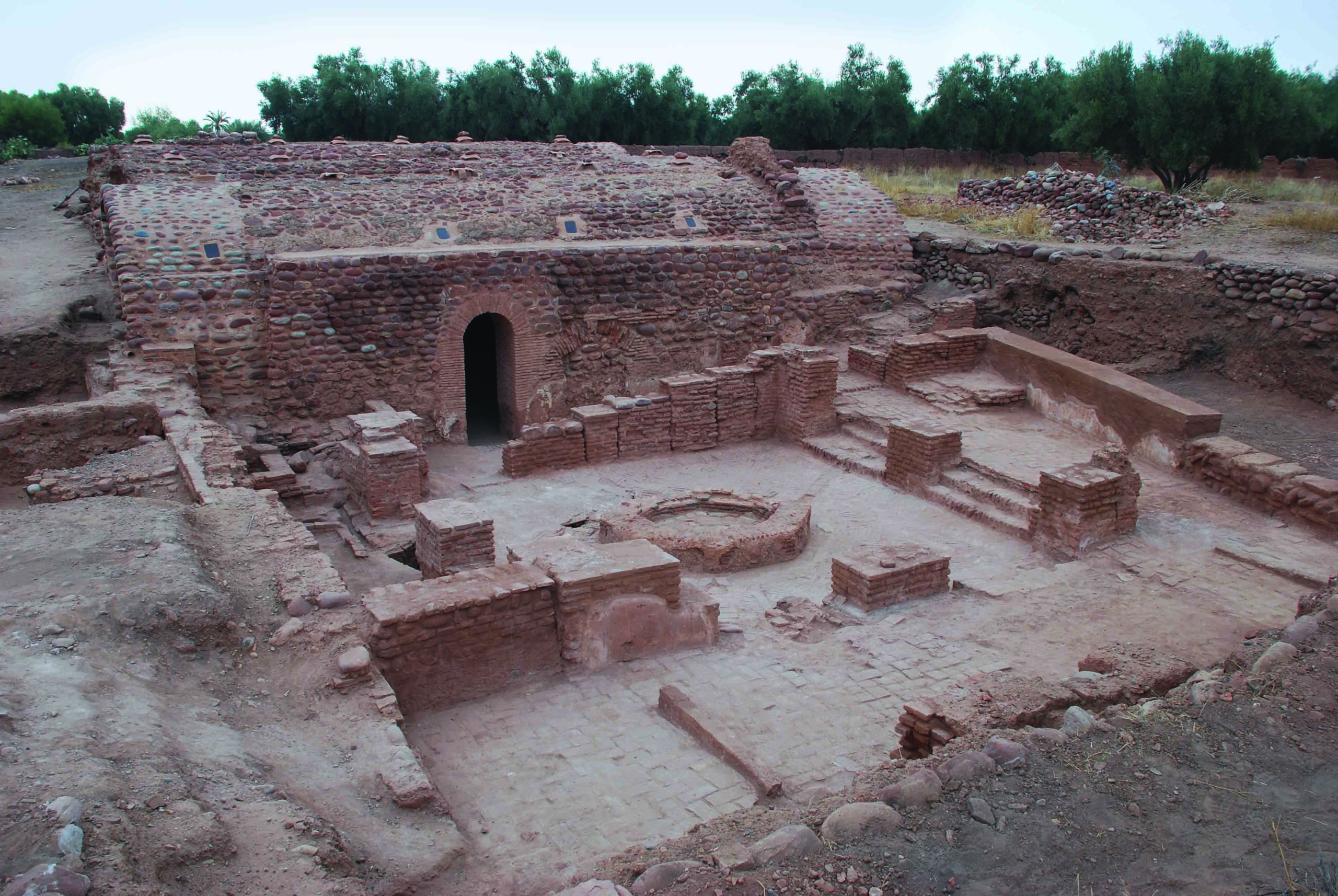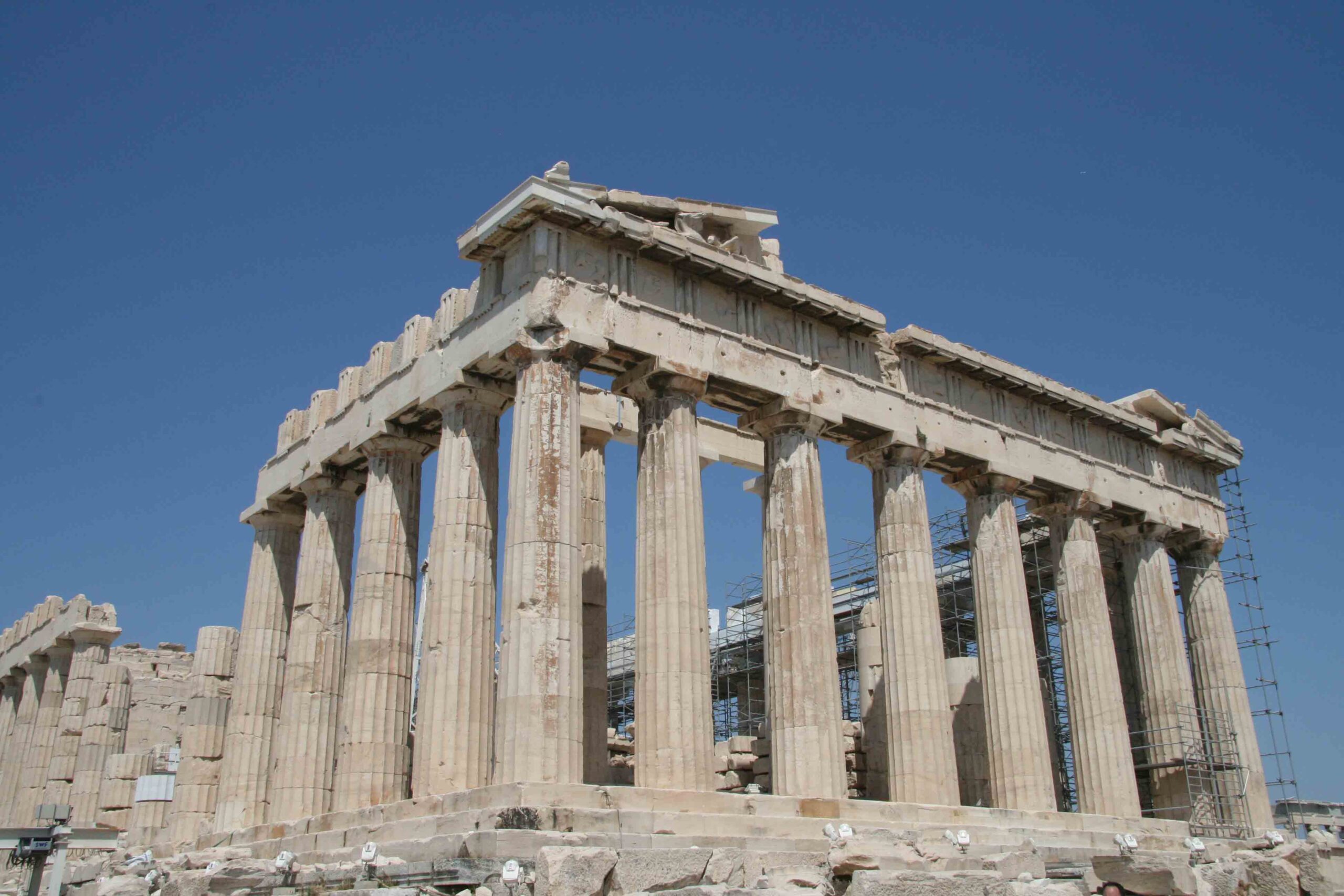
The Parthenon on the Athenian Acropolis is one of the best-known buildings of the ancient world. Yet, despite its renown, it turns out that for more than 2,000 years, we may have been calling the temple by the wrong name. “I knew that scholars didn’t really understand why it’s called the Parthenon,” says Utrecht University archaeologist Janric van Rookhuijzen, “so I started looking into a giant puzzle of ancient texts, inscriptions, and archaeological remains.” His surprising, perhaps even heretical, theory suggests that “Parthenon” may not have originally referred to the structure we know today—which is sometimes called the Great Temple of Athena—but to part of an altogether different temple on the Acropolis.
For van Rookhuijzen, the crux of the issue lies in the meaning of the Greek word parthenon—“a room for virgins or unwed maidens.” The first use of this term in reference to a building on the Acropolis appears in inscriptions dating to 434 B.C. At the time, the temples of the Acropolis were not only religious sanctuaries, but also served as banks and trophy rooms where gold and silver, jewelry, precious artifacts, and spoils of war were stored. Athenian officials took detailed annual inventories of these treasures, noting exactly where each was kept. They listed locations including the opisthodomos, “back room,” proneos, “front porch,” hekatompedos, “100-foot-long room,” and parthenon.
Although modern scholars have not always agreed on the location and identification of each of these rooms, almost all have assumed that “parthenon” must refer to the building we know as the Parthenon today, an association that van Rookhuijzen finds problematic. It has long been assumed that the Great Temple of Athena derived its nickname, the Parthenon, from the immense chryselephantine, or gold and ivory, statue of Athena Parthenos, or “Virgin Athena,” that once stood in the building’s large eastern cella. But van Rookhuijzen has found there is actually very little evidence to support this explanation for the structure’s name, and that there are no strong indications that the Great Temple of Athena was frequently occupied or used by maidens, virgins, or priestesses.

There is, however, according to van Rookhuijzen, another building on the Acropolis, not far from the Great Temple of Athena, that better suits the definition of a parthenon. This is the enigmatic sacred complex known conventionally, but, says van Rookhuijzen, probably erroneously, as the Erechtheion. It includes six larger-than-life-size sculpted female figures called caryatids, thought to represent mythological maidens (parthenoi), that serve as the columns supporting the porch’s roof. Archaeological evidence has shown that the Erechtheion was also once amply decorated with a number of carved female figures. In this sacred space, young virgin priestesses performed religious rites, and some may have even lived there. “In the true sense of the word, this part of the building was a real ‘parthenon,’” says van Rookhuijzen.
The Acropolis treasure inventories from the fifth and fourth centuries B.C. document specific objects that were stored in the parthenon, including pieces of furniture and armor seized from the Persians after they were defeated in the 479 B.C. Battle of Plataea. Many hundreds of years later, the second-century A.D. writer and traveler Pausanias visited Athens and seems to have described seeing the very same objects that had centuries earlier been inventoried as “in the Parthenon,” not in the building we call the Parthenon today, but in the caryatid building. “It’s unlikely that the treasures were moved from one place to another,” says van Rookhuijzen. “Therefore, the parthenon should be known as part of the caryatid temple.”
Van Rookhuijzen understands that not everyone will agree with his hypothesis, but is pleased to have sparked renewed discussions about the topography of the Athenian Acropolis. “The Parthenon means so much to so many people, both in Greece and in the rest of the world,” he says. “I don’t see it as my task to dictate what others should believe, but rather to offer material for contemplation and discussion, and to invite others to investigate the roots of our knowledge of this complex, fascinating site.”



